I am interested to embed a MathWorks Simulink like type tool into my application. In this embedded tool units are expressed as blocks with their input and output ports and parameters for each block using my block definition files written in any way that the tool wants. I want the framework to be generic and read the block definitions from somewhere and then allow the user to compose a dataflow of the given blocks based on their definition (preferably comes with graphical editor to do so). I then want the tool to export the user composed dataflow of blocks where I could pragmatically read it in Java (or other languages) and do whatever I need to with it like building an executable version of the given dataflow.
I know at advance level, the exported block compositions can be smart enough to be executable but I am ok with exporting the block composition/topology and the input and outputs connected to each other . In other words, I am NOT looking for a dataflow programming language. I am looking for the just the tool-set that allows graphical composition of dataflows and then export the composition as say a json or something that I could load in a programming languages and do whatever with it.
The above framework/tool is what Simulink does for blocks coming from its different libraries but I need to embedded such thing in my own tool and was wondering what open source project is close to what I want to do. I guess what I want is a dataflow composition framework. Please correct my view of looking at this.

